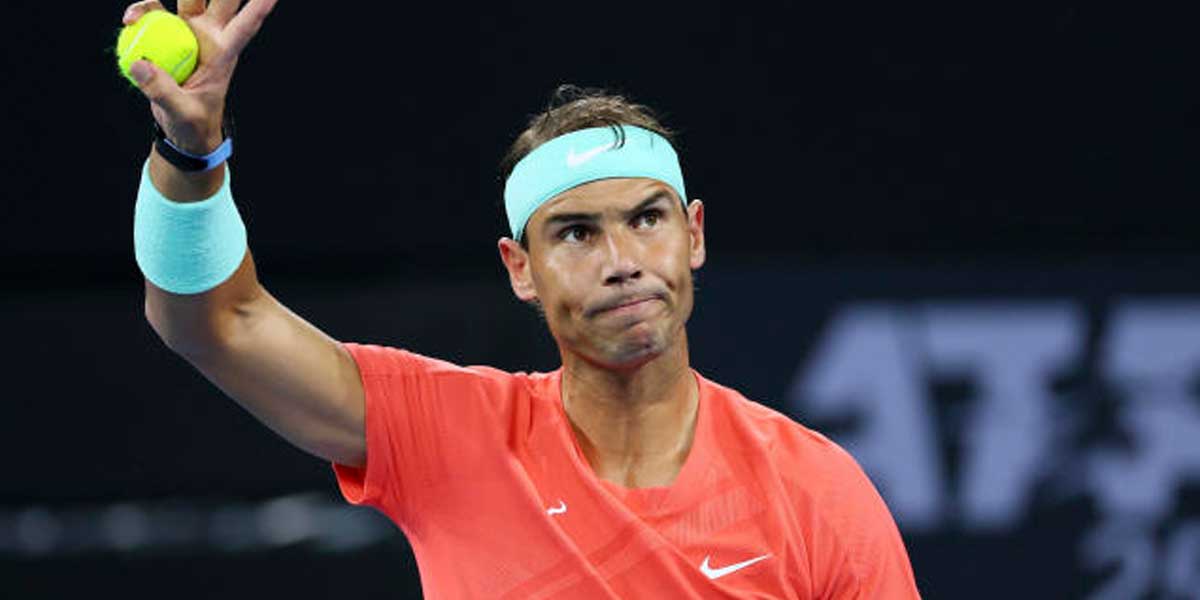 By Modesto P. Sa-onoy
By Modesto P. Sa-onoy
Another exposition of the officials of then Sugar Regulatory Administration in their visit to the Thailand sugar industry involves the price that the growers and millers received in return for their sugar.
Citing the SRA officials, news reports say that Thai growers receive an 80 percent initial payment of the share expected at the end of the season, calculated based on a base price determined by the Cane and Sugar Board at the start of milling. The price of the sugarcane delivered is calculated based on tons sugarcane and sugar content of the cane as determined by core sampler.
Let’s compare this to the present system how the Filipino producers are paid or more precisely how much they receive for their sugar. We are in a completely laissez-faire system. Nobody determines the price except what the free market dictates. Nobody controls the price. The producer earns or losses depending upon the market forces. This is the reason that they fear import liberalization because they know that their sugar cannot compete with the imported ones.
This is not the case with the Thai producers. The price that the producers gets is already determined before the cane is milled. No matter what happens to the market the Thai producer knew how much he would earn for that year. All he had to do was produce and not worry about the price when his sugar went to market. It does not matter to him if the market had a glut or a shortage – he receives what was fixed before he started cutting his cane.
This is not unique to the Thais. We had the same system years earlier with the formation of the National Sugar Trading Corporation or Nasutra in 1977. The Philippines then was under martial law. Nasutra was the sole sugar trading company for Philippine sugar but under the control of the Philippine Sugar Commission. In effect, there was no free enterprise for sugar, and this angered the producers against the monopoly.
As stated earlier, the Thai sugar producers are informed of the price of their sugar before the milling starts. The same thing with Philsucom and Nasutra, except that while that of Thailand the price remains throughout the milling season, in the case of Philsucom and Nasutra, the price fluctuated depending upon the Philsucom-Nasutra reading or actual sale of the sugar in the world market.
The Philippine scheme was for the government to fix the price to be paid to the producers at the outset. If the market price was higher than the fixed price, the producer got an additional, or differential; if the market price is lower than the promised price, the government covers the difference. Fair enough. The producers technically do not lose anything. The system was like the oil price stabilization law of the Marcos era.
Nasutra was preceded by the Philippine Exchange that was also a monopoly of the export market. However, the world sugar prices plunged so low in 1973-1974 that Philex hedged and kept the sugar rather than sell it. Huge quantities of sugar were stored in the bodegas, swimming pools, pelota courts, school rooms and gyms. The producers were not paid the fixed prices and industry suffered huge losses. The stored sugar deteriorated or formed into solid blocks and later sold at molasses prices. Charges were made that the deteriorated sugar were sold to favored traders who had it re-milled.
The sugar producers blamed the heavy losses of Nasutra to corruption among the leaders of the industry and protests rose to high pitch. But martial law kept the producers at bay. The monopoly was so detested that many planters and workers joined the political opposition until the People’s Revolution and Philsucom and Nasutra were abolished. In their place was created the SRA but unlike in Thailand, it was deprived of authority to fix prices or engage in trading.
The pricing scheme in Thailand are thus like that of Nasutra – a fixed price at the onset, a price differential when the market price is higher than the fixed price, or a reimbursement when the market price is lower. The major difference is that Nasutra dealt only in export sugar while Thailand covered all sugar production. The Thailand system works; the Philippines did not because the producers did not trust Nasutra.
Let’s resume on Monday.




















